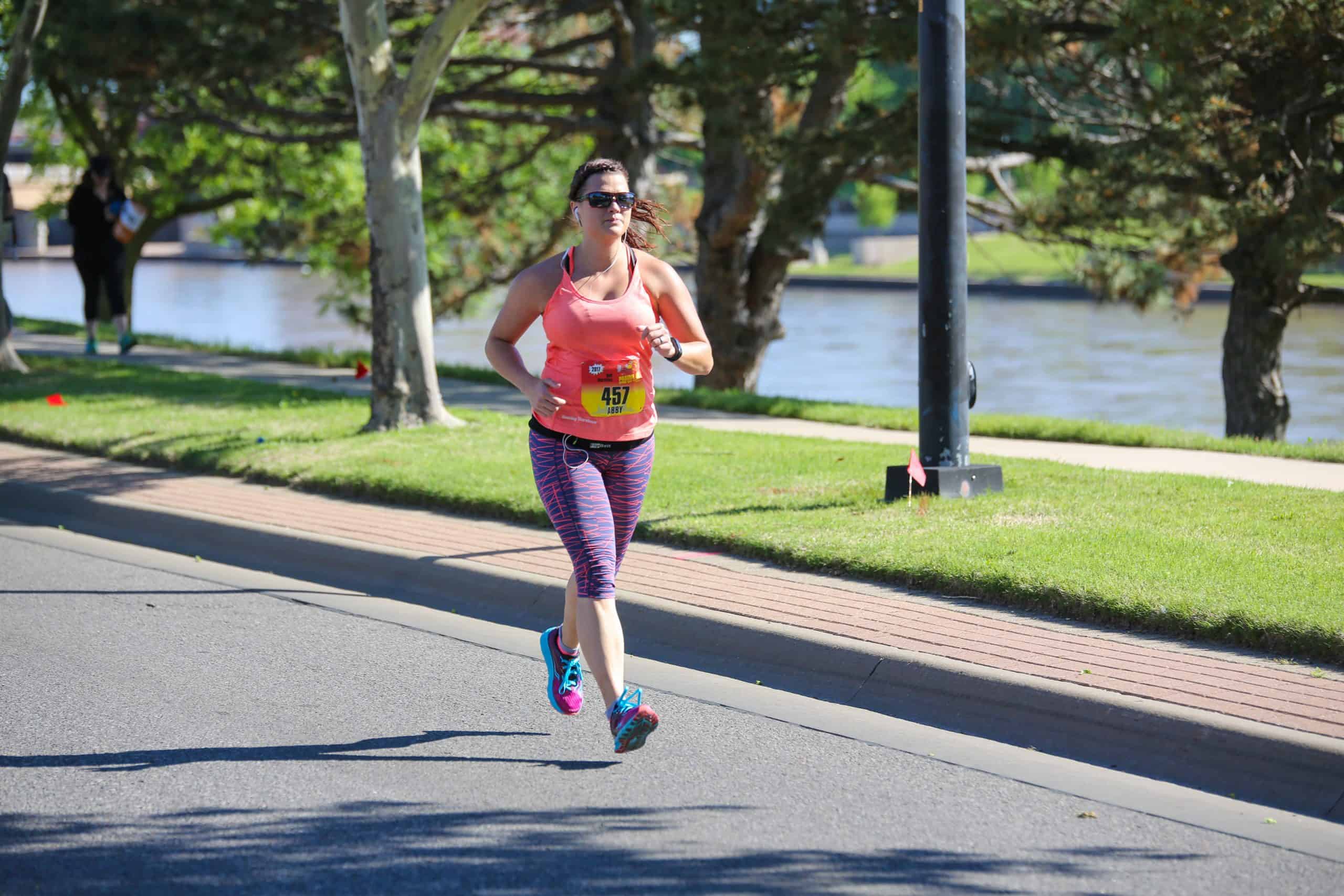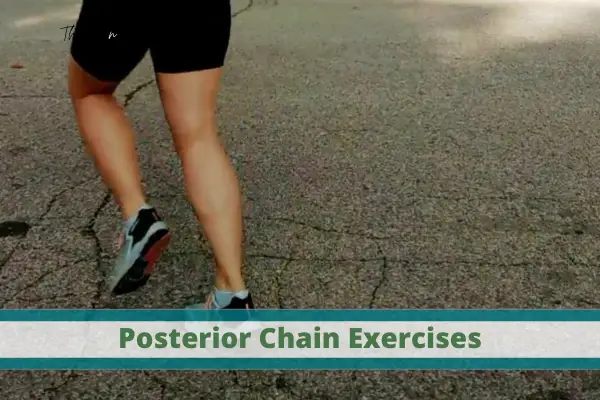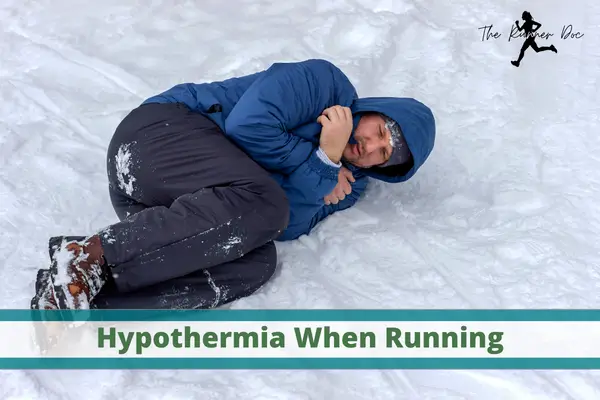Static Stretching for Runners: Myth vs Fact (Know the Truth!)
Myths of Static Stretching
There are a lot of myths about static stretching and how it affects runners. For decades runners, and all athletes, have been told to stretch before they perform any activity. We all remember the days in high school sports of sitting in a circle before practice and going through some static stretches. It is an age-old practice, but should we be doing it?
In this article, we will explore some of the most common myths in regards to static stretching in runners and dispel them with the help of science.

Myth # 1: Stretching prevents injuries.
FACT: There is no evidence that stretching prevents injuries. In fact, static stretching (holding a stretch for 30 seconds or more) can actually lead to injuries. A study in the Journal of Strength and Conditioning found that static stretching before running can decrease power and possibly increase the risk of injury when running. This is due to compensations and increased exertion being made to overcome the decreased power observed after static stretching.
Related Article: Should Runners Stretch Before a Run? It is a Waste of Time!
Myth # 2: Everyone should stretch before running.
FACT: Not everyone needs to stretch before running. In fact, most people will be better off not stretching at all. If you are flexible, you don’t need to stretch. If you are not flexible, stretching is not going to make you more flexible. The best way to become more flexible is to do exercises that improve range of motion, specifically mobility work.
Myth # 3: You should hold a stretch for 30 seconds or more.
FACT: Holding a stretch for 30 seconds or more is not necessary. If you are truly trying to improve As we mentioned before, static stretching can lead to injuries. If you want to improve flexibility, dynamic stretching (moving in and out of a stretch) is a better option.

Myth # 4: You should feel pain when you stretch.
FACT: You should not feel pain when you stretch. If you do, you are probably stretching too hard. When you stretch, you should feel a mild sensation of tightness or tension. If you feel pain, back off the intensity of the stretch.
Feeling pain during a stretch will have the opposite of the desired effect. When you have pain your muscles will naturally tighten up to protect themselves from becoming injured from over-stretching.
Myth # 5: Static stretching prevents soreness and injury.
Fact: Unfortunately, there is no scientific evidence that supports this claim. In fact, studies have found that static stretching before running does not reduce the risk of muscle soreness or injury. Furthermore, runners who did not stretch actually had no change in the prevalence of injury and soreness compared to those who stretched statically regularly.

Final Thoughts on the Myths of Stretching for Runners
Static stretching is a practice that has been around for a long time, but it is not necessarily the best way to prepare your body for running. In fact, static stretching can actually lead to injuries and decreased running economy. A better option is dynamic stretching, which involves moving in and out of a stretch.
Many of the old-school claims on the benefits of stretching are based in anecdotal evidence, something I avoid here on the blog as much as possible. If you enjoy stretching then definitely do it! It does have a time and place as well! Just know that you don’t HAVE to stretch before a run!
Related Articles:
- The Best Way for Runners to Test their Mobility and Stop Getting Hurt
- Should Runners Stretch Before a Run? It is a Waste of Time!
- 5 Benefits of Tai Chi for Runners {it is Perfect for ALL ages}
AFFILIATE DISCLOSURE
As an Amazon Associate, I earn from qualifying purchases. This post may contain affiliate links. If you use these links to buy something we may earn a commission. The Site may contain links to affiliate websites, and we receive an affiliate commission for any purchases made by you on the affiliate website using such links.
All information should be used as a tool for more knowledge on the subject topic, to use as references for later articles where applicable, or just to keep it in mind during future exercise routines or activities.
This article is not meant to give medical advice or to replace professional health care. Should any ailment occur please contact your doctor or physical therapist immediately to keep yourself safe and prevent further damage.
The author is not liable for any personal or commercial damage directly or indirectly related to the content hereof. You are responsible for adhering to local laws and regulations regarding health & safety, including proper use of equipment or safety gear, and compliance with governing healthcare associations, and state, and federal regulations.
Static Stretching Myths for Runners

Dr. Abby Siler, PT, DPT is a Physical Therapist with 10 years of experience in a variety of settings. She has spent the majority of her time treating athletes in orthopedic clinics and worker’s compensation cases. She is a runner herself for the past 15 years and a lifelong athlete. Dr. Abby loves to teach runners how to stay injury free and out of her clinic.







